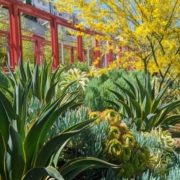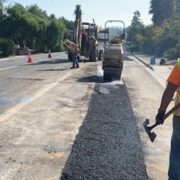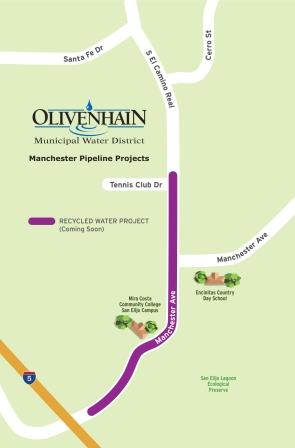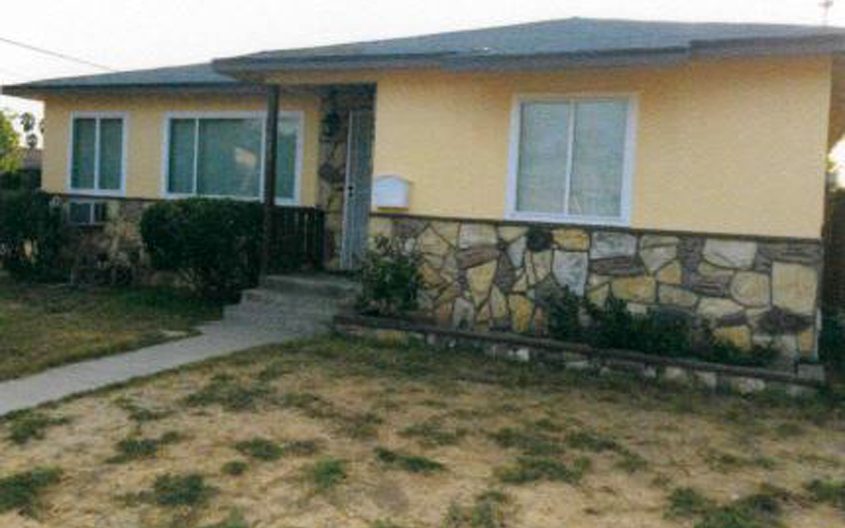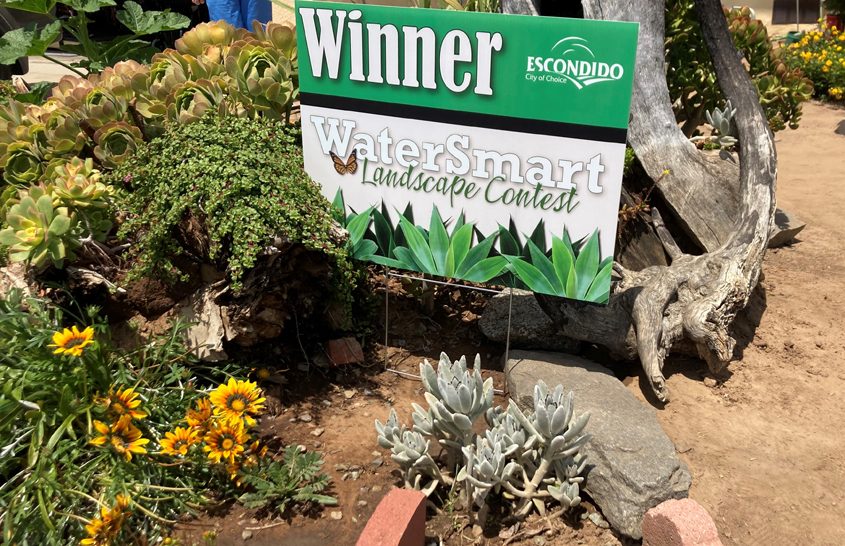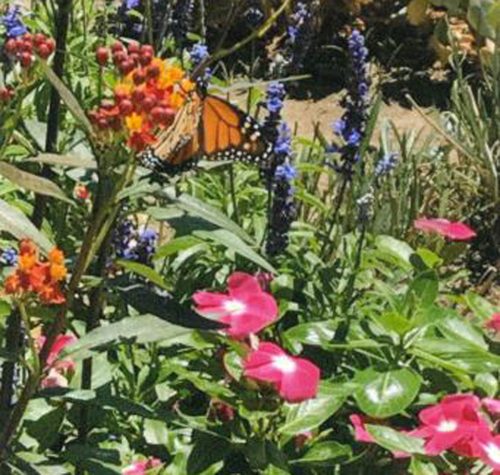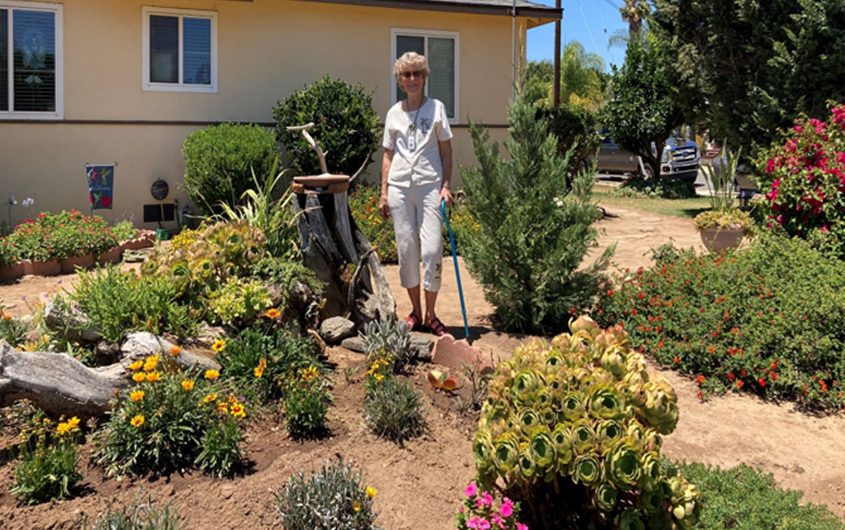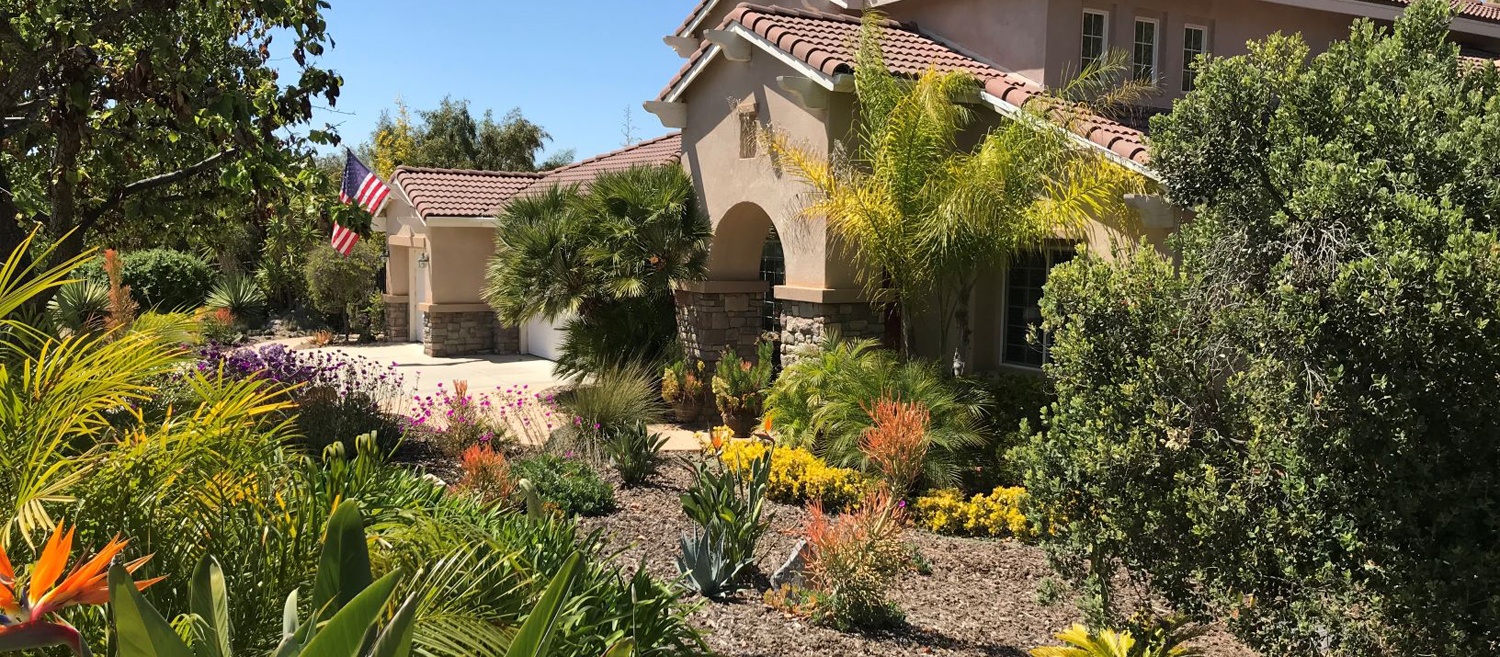Water-Use Efficiency Rebates for Businesses
As extreme drought grips the Southwest, businesses across California are taking a variety of water-saving actions. The San Diego County Water Authority and its 24 member agencies offer business rebates and other incentives to help businesses save money while saving water.
State ban on commercial turf
The state’s watering ban was put into place on May 24, 2022 and applies to non-functional turf grass defined as grass that is “solely ornamental” and not regularly used for recreational purposes or community events. The restriction does not apply to yards at individual homes and includes exemptions for sports fields and grassy areas made for community gatherings. Watering trees is allowed and encouraged. Enforcement of the state regulations is at the discretion of the local water agency.
Incentives for business property owners
From turf conversions to incentives for converting industrial water systems to recycled water service, there are numerous opportunities to improve water efficiency on commercial properties. To learn more and find more details, visit SDCWA.org. Available rebates and resources for business property owners include:
- Through a partnership between the County of San Diego’s Watershed Protection Program and the San Diego County Water Authority, businesses in unincorporated areas of the county are eligible for newly enhanced water-use efficiency rebates in 2021. The Waterscape Rebate Program saves money for residential, commercial, and agricultural customers who make landscape upgrades to improve the region’s climate resilience.
- SoCalWaterSmart’s Commercial Turf Replacement Program offers great incentives to HOAs and commercial business landscapes. Businesses that convert 1 acre or more of irrigated landscapes, can also apply for the WaterSmart Contractor Incentive Program which offers rebates for irrigation devices such as controllers, nozzles, and drip irrigation.
- The Metropolitan Water District of Southern California On-Site Retrofit Program provides financial incentives to public or private property owners to convert potable water irrigation or industrial water systems to recycled water service.
- Certified landscape irrigation auditors provide free, on-site inspections, or WaterSmart Irrigation Checkups, and written site-specific water-saving recommendations for qualifying commercial properties in the Water Authority’s service area.
San Diego has reliable supply
Declining water availability on the Colorado River and worsening drought conditions statewide underscore the importance of collective actions to ensure reliable water supplies.
“We are committed as a region to answering the Governor’s call to step up conservation efforts in the face of extreme hot and dry conditions statewide,” said Water Authority Board Chair Gary Croucher. “We are collaborating with the Department of Water Resources’ Save Our Water program, the Metropolitan Water District of Southern California, and our 24 member agencies on public outreach and education efforts this summer to stop water waste and increase conservation efforts to stretch our water supplies.”
Adding mulch to your garden not only makes it more beautiful, but it also reduces watering demands, while supporting healthier root zones and richer soil. To learn more, visit https://t.co/ogxHd02A9K. pic.twitter.com/dbLcsZ9y8t
— Olivenhain MWD (@OMWD) July 21, 2022
The San Diego region has prepared for dry periods and water supplies will continue to sustain the San Diego economy and quality of life. The San Diego County Water Authority is working with its partners at the regional, state, and federal levels to advance water management solutions for the Southwest.
Details on the Water Authority’s programs and drought response and on state regulations go to sdcwa.org.
All Californians play a role in preserving and enhancing our water supplies for a drought-resilient future. Read more from @CCWD's Steve Welch & @sdcwa's Sandy Kerl in @CalMatters on how we can do more to be water-wise. https://t.co/40YlIcj3JS
— Save Our Water (@saveourwater) July 15, 2022

